
Buying remote land is the ultimate dream for many people, but the process can feel daunting when you’re only in the idea stage.
Where are the best places to buy rural land, and how will you know when you found the right property?
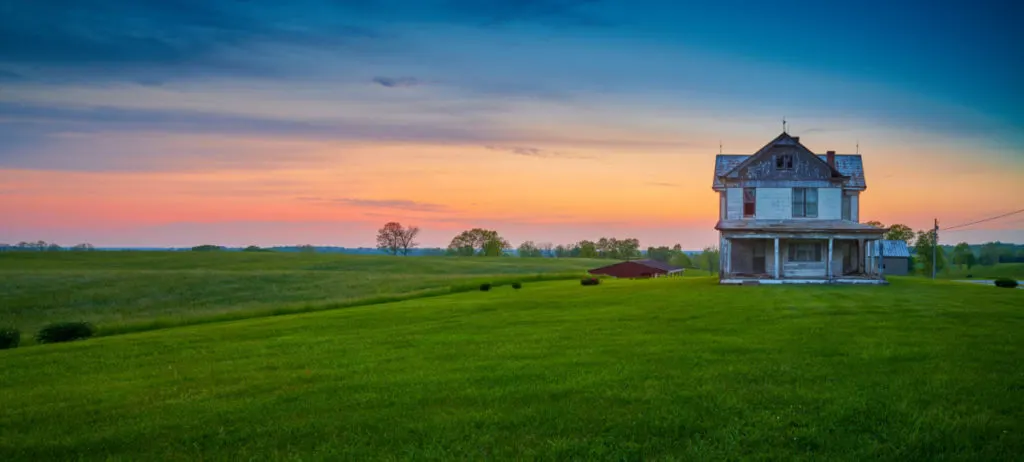
It turns out that buying remote land is filled with unexpected hurdles, even if you’ve bought real estate before. For many people, purchasing property is the most significant financial decision they ever make, and it’s often difficult to know when it’s the right time to commit.
This article will walk you through twelve top tips for purchasing remote land so you can enjoy your property without any buyer’s regret.
12 Tips for Buying Rural Land
There’s a lot to keep in mind when looking to buy rural land. Follow these tips, and you’ll navigate the process with less stress from beginning to end.
1. Determine Your Land Use Priorities
The first step in learning how to buy remote land is to articulate your reasons for wanting property in the first place. While you might be tempted to start looking at properties without a clear idea of what your goals are, your energy is better spent making a priority list first.
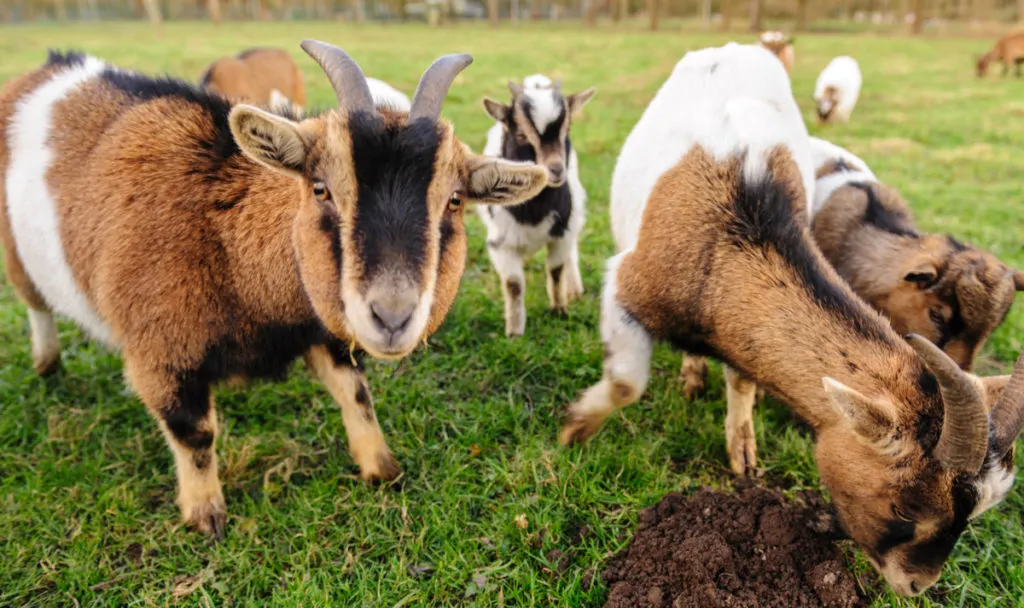
Perhaps you dream of living on a cute homestead that gives you space for chickens and goats in the backyard, or maybe you want to work from home with a small farm or woodworking business.
The kind of land best suited to meeting these goals will be different than what you would need for a hobby horse farm, off-grid survival home, or space to get away from neighbors for quiet country retreats.
You should strive to select a piece of property that’s well suited for your long-term goals.
Parcels that already include outbuildings can be a bargain if you’re interested in raising animals, but they might cause you to pay for more than you need if you don’t.
Likewise, soil quality is of utmost importance if you’re interested in turning a profit on vegetable crops, but doesn’t matter much if you prefer to keep your property wooded.
Understanding your land use goals will help you determine how much land you need.
Small-scale homesteaders likely need five acres or fewer, while anyone looking to own larger animals or heat with their own wood harvested on the property will probably need to think bigger.
2. Decide What Trade-Offs You Can Live With
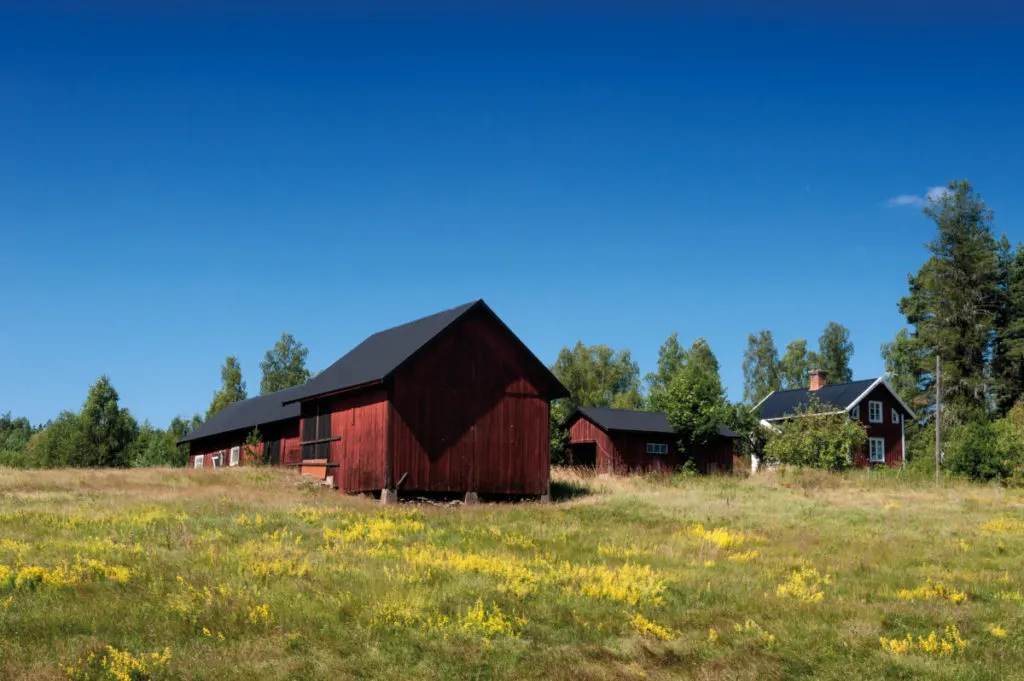
Here’s the hard truth; no rural property is (likely) to include everything on your wish list. If you want to get to the point where you’re comfortable closing on a piece of land, you’ll need to determine the things you can live without.
For instance, is stellar cell phone reception necessary, or could you consider installing a landline? Is dealing with a shorter commute to work worth giving up a few acres if you purchase property closer to town? Are you comfortable buying land without a home onsite and living in a camper until you build one?
Determining the ways you’re willing to be flexible lets you jump on the property that has your “must-haves” without getting mired in indecision.
3. Don’t Buy the First (or Fifth) Property You Look At
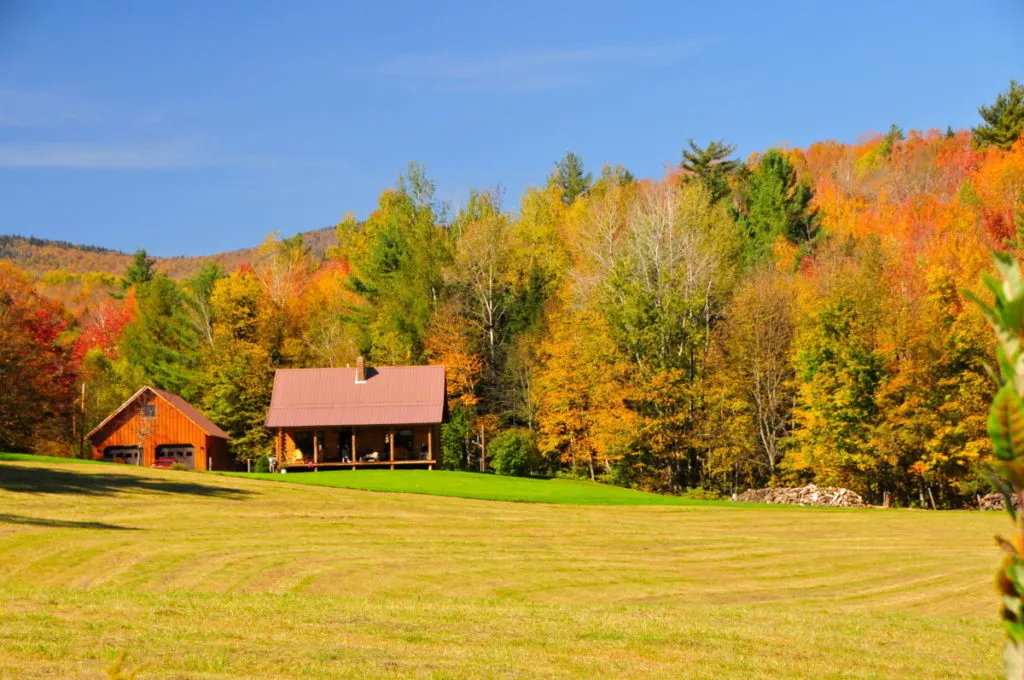
It’s way too easy to fall in love with a property when you first visit, especially if you’re new to the search process. However, novice shoppers are susceptible to rose-colored glasses that cause them to overlook potential dealbreakers.
The best way to learn what’s available is to visit as many properties as you can. You’ll get a better sense of what’s possible at your price point, and you’ll develop an understanding for when you see a property that stands out from the rest.
Plus, you might shift some of your property priorities once you start seeing sites in person. Owning hundreds of acres of woodland might feel like a must-have when you’re making a wishlist, but once you get schlepping through the woods on property visits, you may find you’ll be just as happy with ten.
Likewise, you might not realize you want a pole barn or a natural pond until you visit a property that has them.
4. Decide How Remote You Want to Be
“Remote” can mean different things to land buyers, so it’s essential to determine how far from the rest of civilization you want to be.

Is seeing your neighbor’s homes a deal-breaker for you? Do you have medical issues that make it important to be within a short driving distance of the hospital? How close are you to potential markets for selling your homestead products? Can you get cell service and broadband internet?
Remember, you’ll lose a lot of the appeal of rural living if you need to spend hours each day commuting to work, so weigh your location careful against your goals for the other parts of your life.
5. Use Both the Internet and Backroads for Property Scouting
The internet is an incredible resource for learning about rural land opportunities around the country. You can create custom searches on platforms like Zillow, Landwatch, Land and Farm, United Country, and Country Homes Of America, and sign up for email updates every time a new property is listed that meets your specifications.
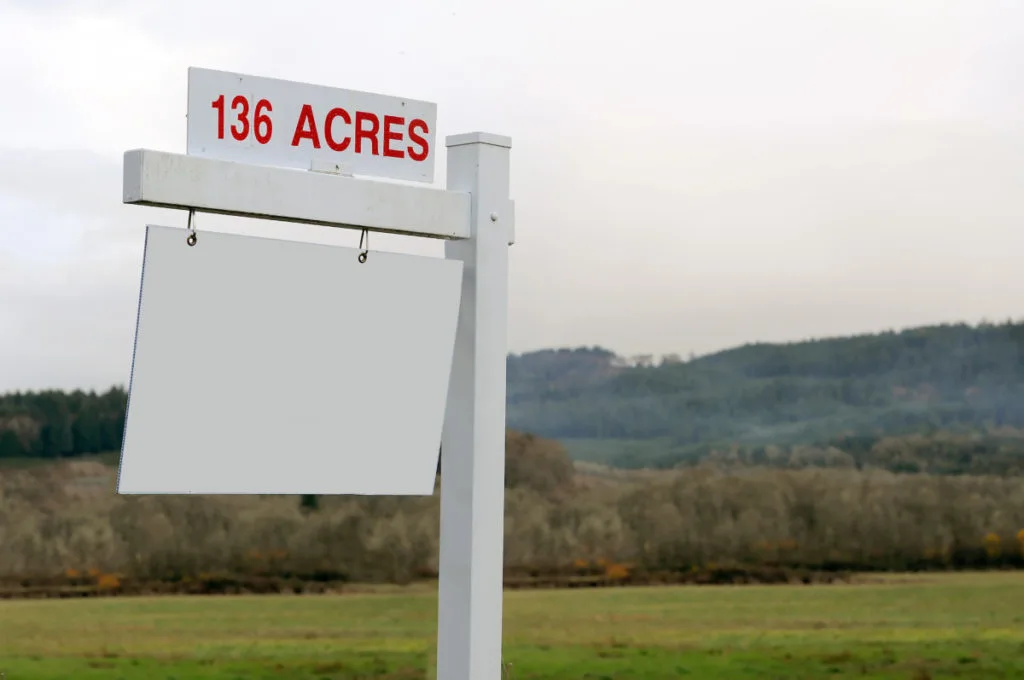
However, you might miss out on the perfect property if you limit your search to the internet. Many remotes properties are listed for sale in no other way than a sign on the road, so it’s worth taking time to drive the backroads in regions where you’d be interested in buying.
6. Learn the Back History of Any Land Covenants
When you’re buying remote land, often, all is not as it seems upon the first inspection. Many rural properties are tied up in covenants, which are rules made to protect the land from being developed in specific ways.
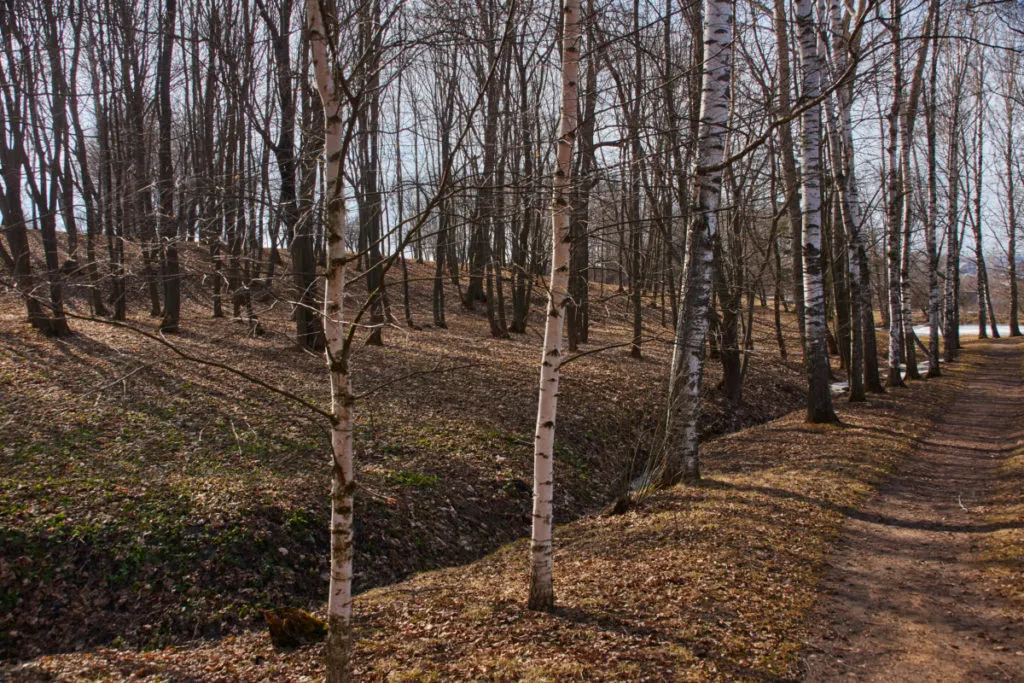
This can cause unexpected issues for off-grid enthusiasts, as they may impose minimal building sizes, prevent the land from being used for agriculture or livestock, and restrict you from building ponds or using off-grid energy. Some places also make it illegal to camp on your property for extended periods, which might inconvenience you if you plan to live on-site while you build.
One way to avoid these kinds of regulations is to purchase land zoned for agriculture, even if you don’t have plans to grow or raise anything. This gives you the flexibility to add livestock to your property in the future if your goal changes.
You don’t want to purchase remote property only to learn it’s illegal to use it as you envisioned. Do your due diligence, so you aren’t caught unaware.
7. Search the History of the Title Insurance

Sad but true, some people have successfully “sold” property that wasn’t theirs. The more remote you’re looking, the more likely someone can get away with fudging property lines or even outright pretending they own what they don’t.
Search for the titles of any property you’re interested in before putting money down so that you know you’re getting what you paid for.
Another way to ensure the property is represented correctly – pay for a survey. This is the best way to learn the legal boundaries of a property. Land surveys tend to be expensive, so only take this step if you’re serious about moving forward with a purchase.
8. Take Time to Inspect the Property Fully
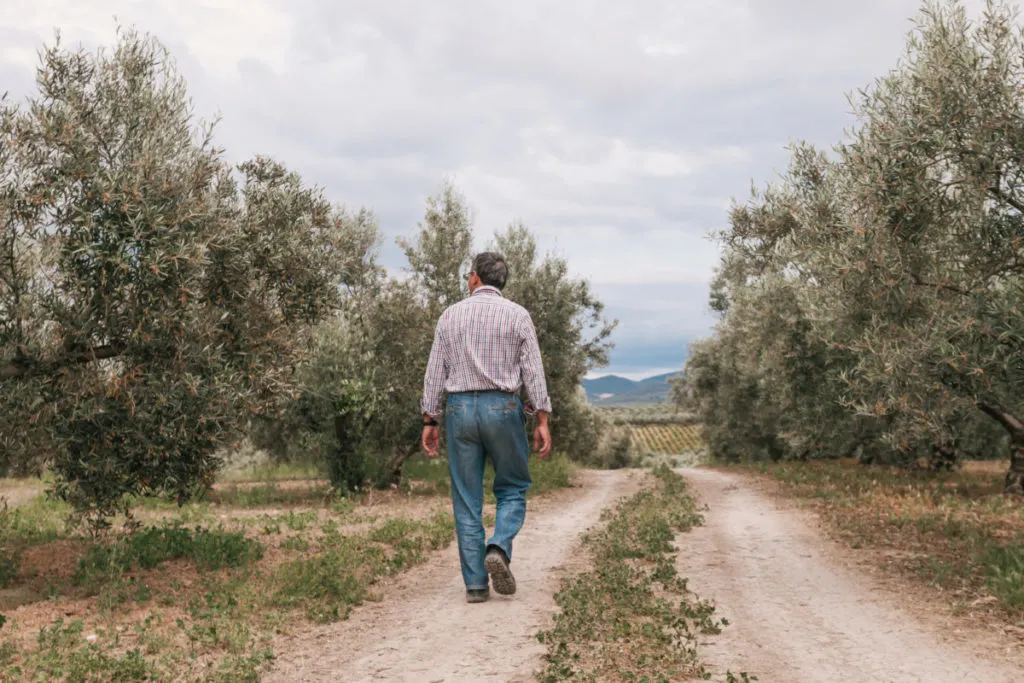
Once you find a piece of remote land that interests you, take the time to investigate it thoroughly. Walk the full boundary if you can, and try to return several times, preferably at different times of day, before putting in an offer.
You’ll notice a lot of details that would have escaped your attention the first time, such as a neighbor that spends all day shooting guns in the backyard or the way the southern hills block all sunlight near the best home building site.
9. Consider Paying in Cash
Banks are less eager to give out loans for remote land, especially if there isn’t a house on it. This means you’ll have a lot more flexibility as a buyer if you can pay in cash.
10. Don’t Overlook Infrastructure
You need to carefully assess the value to you of any infrastructure included on a piece of rural property. Fencing, pole-barns, and ponds all add value, and you’d likely pay a lot more to add them to the property than paying for them with the purchase price.
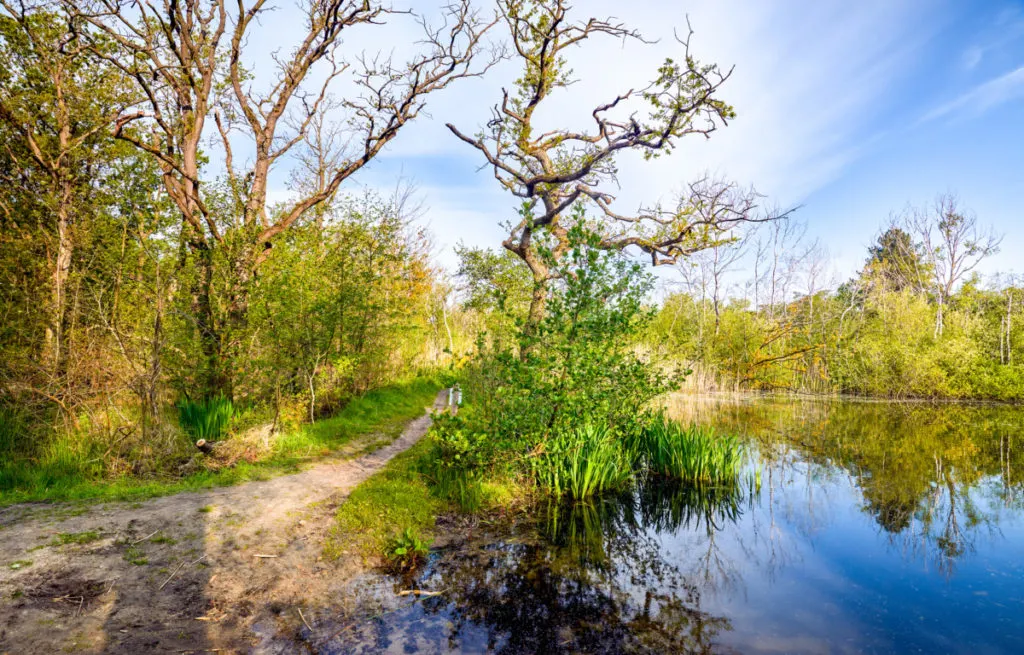
However, this infrastructure is only valuable if it’s something you would use, so don’t purchase a piece of land that has more bells and whistles than you want.
11. Confirm the Timber Value (If Interested in Harvesting)
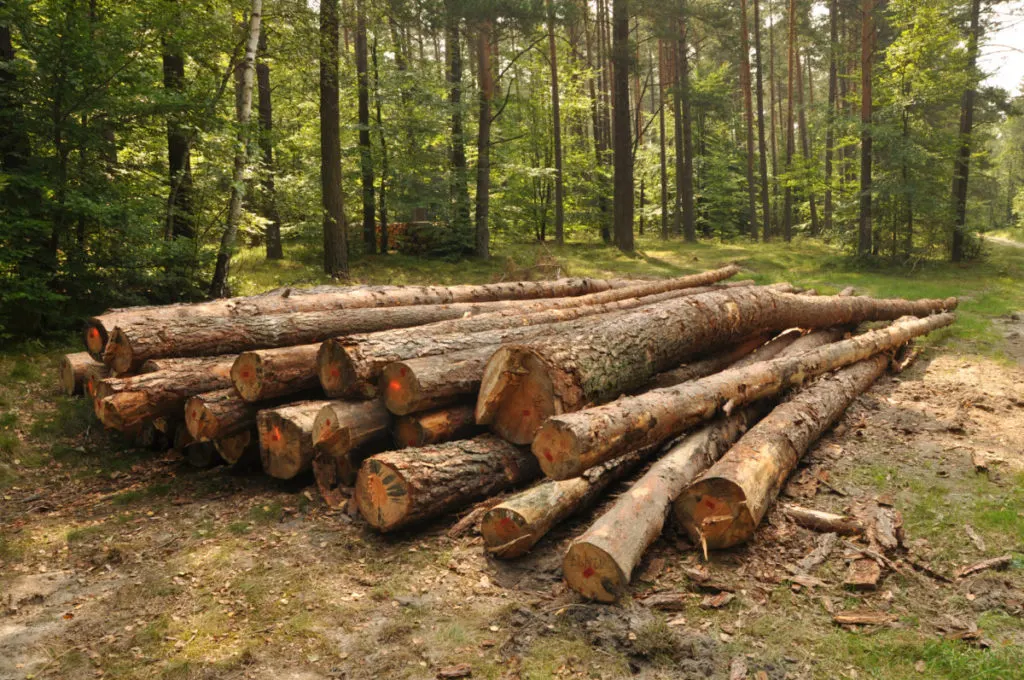
An established woodlot adds a lot of appeal to remote properties, but they can vary significantly in value. Some stands of trees can sell for more than $4,000 an acre, while others are barely good enough for firewood.
If timber value is an important selling point to you, it’s worth paying for a forester to walk your property lines and assess its value.
12. Look at Aerial Maps
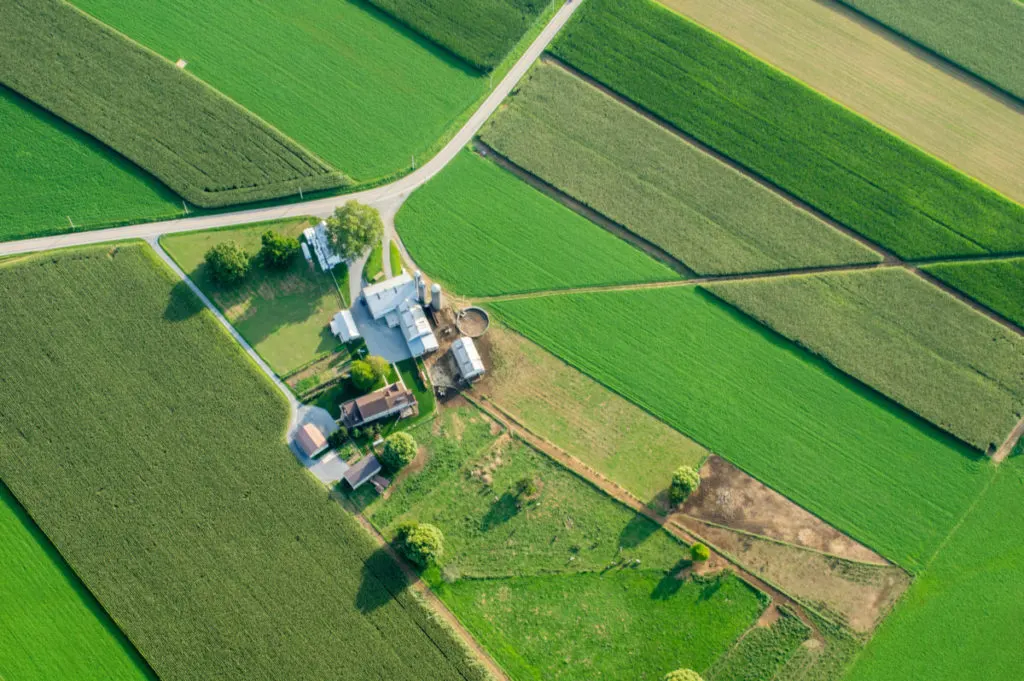
Walking a piece of property will teach you a lot about it, but it’s often worth getting another perspective with a bird’s eye view. Use Google Earth to get a better idea of the property’s layout and surrounding areas so you can identify potential deal-breakers before you’ve put down money.
15 Questions to Ask Before Buying Rural Land
There will be a lot going on in your mind when you’re visiting a rural property, and the excitement can cause you to forget to find out the need-to-know information.
Below is a list of questions you should ask of every property you visit before moving forward on a purchase. Print it out and take it with you.
1. Is the land accessible?
Can you get to it by road, or do you have to traverse other people’s properties to make it to your own? Are these roads maintained year-round, and by whom? Lack of accessibility undermines the usefulness of remote land.
2. What are the neighbors like?
This goes beyond people. Does your property border any agricultural land that gets sprayed with tons of pesticides? Are you within smelling distance of an industrial pig farm?
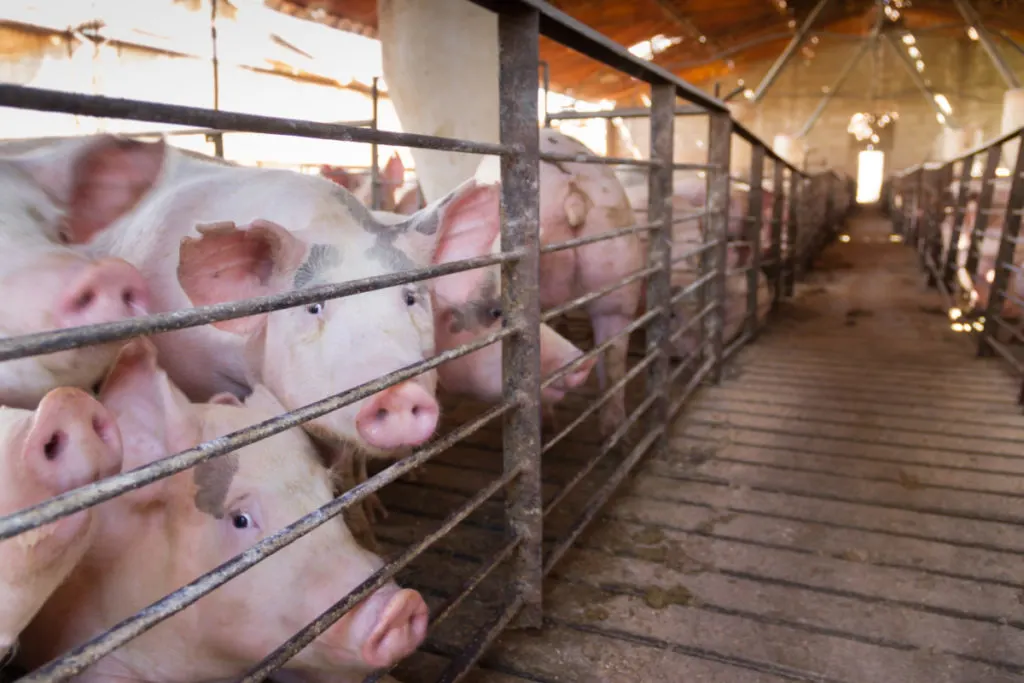
3. What’s the property’s orientation?
The way a homestead is set up makes a huge difference in its functionality. Does the land get lots of sunlight from the south? Is there a natural windbreak? Is the house built next to the road, or is there a long driveway to maintain?
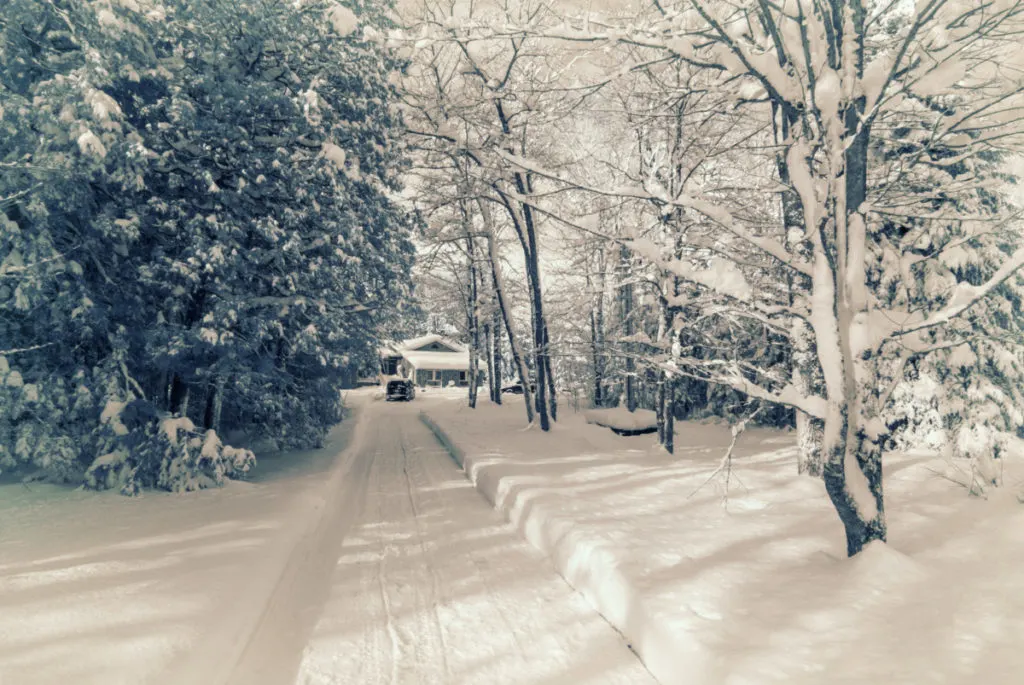
4. Are there any property restrictions?
Never assume a piece of land doesn’t come with restrictions just because it’s remote.
5. Is there access to power and water?
Installing your own (either on or off the grid) can be a significant expense.
6. What’s the soil like?
Will you break your back pulling rocks out of the garden space or run the well dry trying to keep the sandy soil irrigated?
7. What was the property’s previous use?
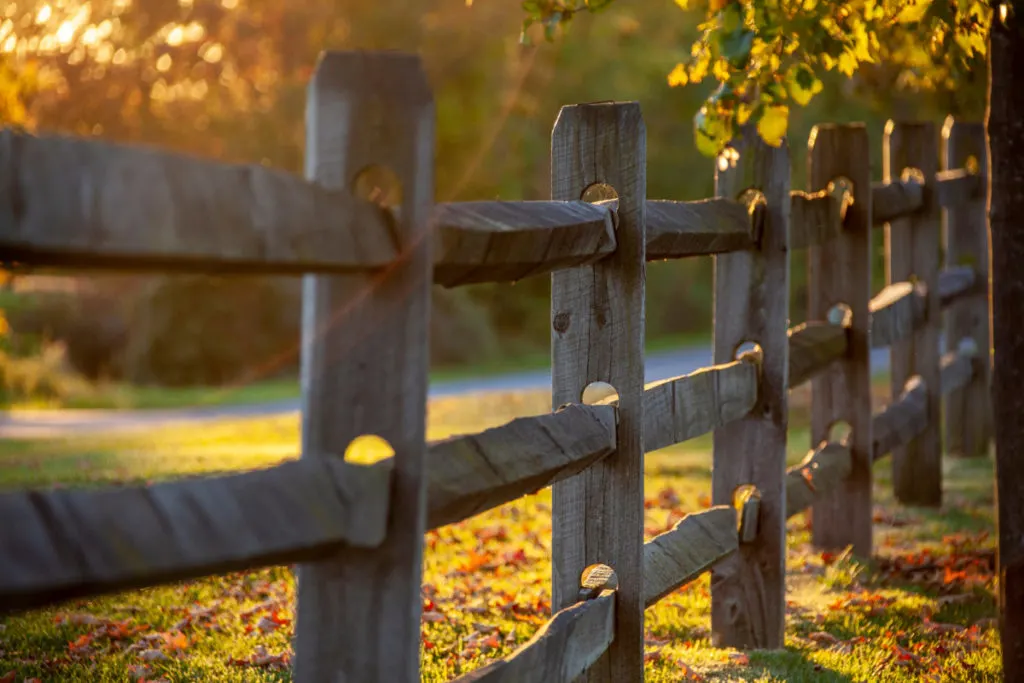
Was the property previously used for agriculture, and did the owners leave once they depleted the soil? Is there any record of chemical spills or heavy pesticide use?
8. Are there any access rights?
In some regions, remote property can be sold without the mineral or timber rights, which can put you in a predicament if the company that owns those rights wants to cash in someday.
9. Can you deal with the commute?
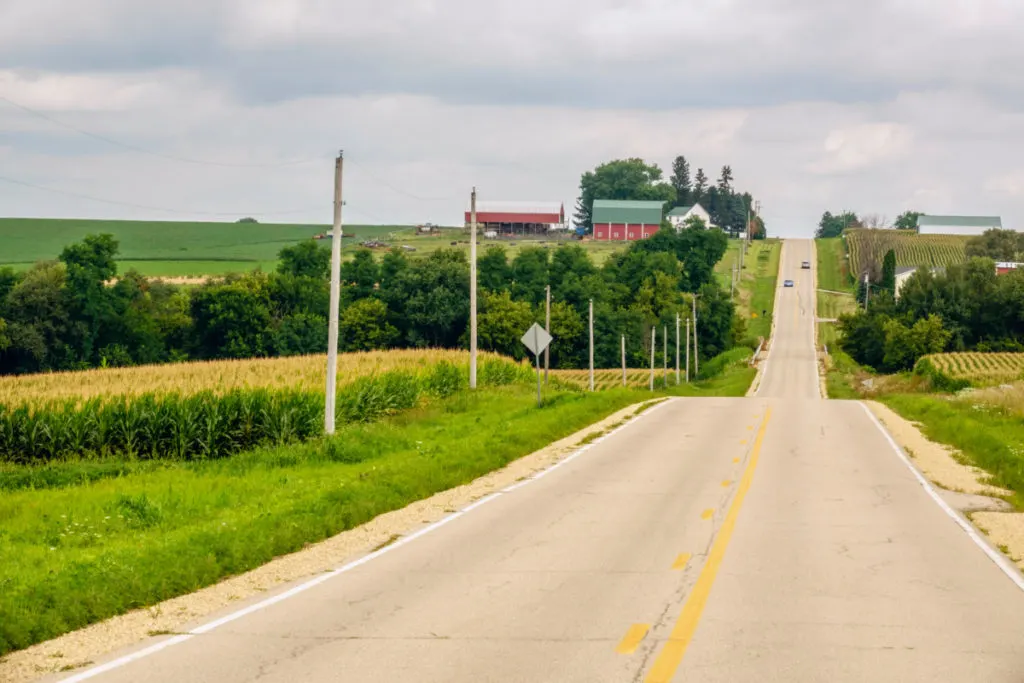
Most people who live remotely still need to go to work or visit the grocery store on occasion. Is the commute going to drive you crazy?
10. What’s included in the sale?
You might fall in love with the property’s backyard pergola and extensive electric fencing, only to learn later the sellers plan to take it with them. Be sure to explicitly list every structure and property feature you want to be included in the sale so that both buyer and seller are on the same page at closing.
11. What is the cost of ownership?
Purchasing your property is only the beginning of the expenses land ownership will cost you, so research the price of predictable expenses like a riding lawnmower, property taxes, and propane to make sure you won’t be caught unaware.
12. What are the region’s potential natural disasters?
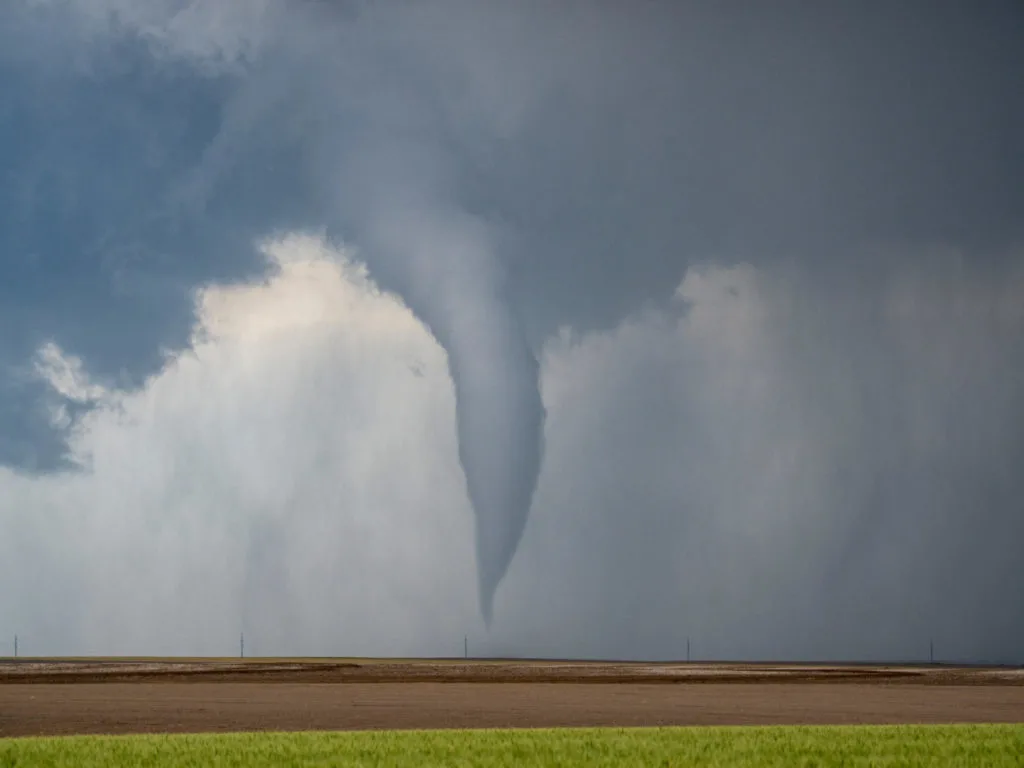
Don’t be in the dark about whether your property is at risk of hurricane, fire, flood, excessive heat, or tornado damage, and how frequently you should expect these risks.
13. What’s the community like?
Are you a liberal considering moving into conservative country? Will your neighbors respect your back-to-nature lifestyle, and are there like-minded community groups you can join? Is the greater area on the upturn, or are a lot of properties going into foreclosure?
14. Is the water supply secure?
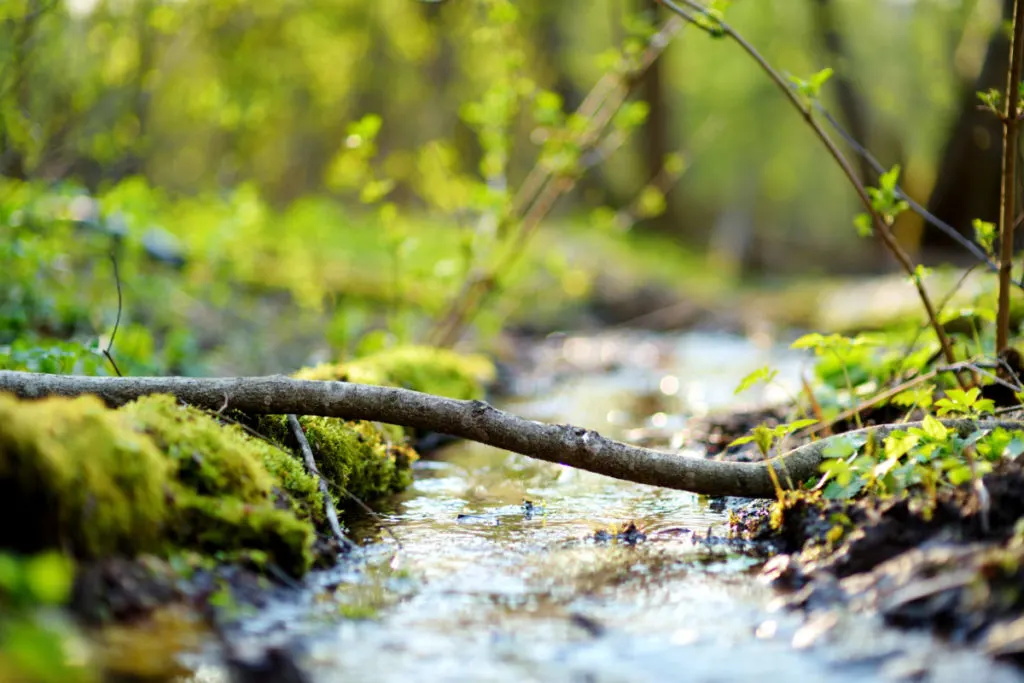
Can you collect rainwater or pull water from a nearby creek? How recently was the well put in, and has it been tested?
15. What Are Your Alternative Energy Needs?
If wind or solar power is important to you, can the property support that? Are there south-facing rooflines or steady wind?
Buying remote land is a big decision, and it takes careful planning to get it right.
Take time to define your goals and thoroughly research the details of each property you’re interested in, and you’re sure to find a piece of land you will be happy with.

Get the famous Rural Sprout newsletter delivered to your inbox.
Including Sunday ramblings from our editor, Tracey, as well as “What’s Up Wednesday” our roundup of what’s in season and new article updates and alerts.

